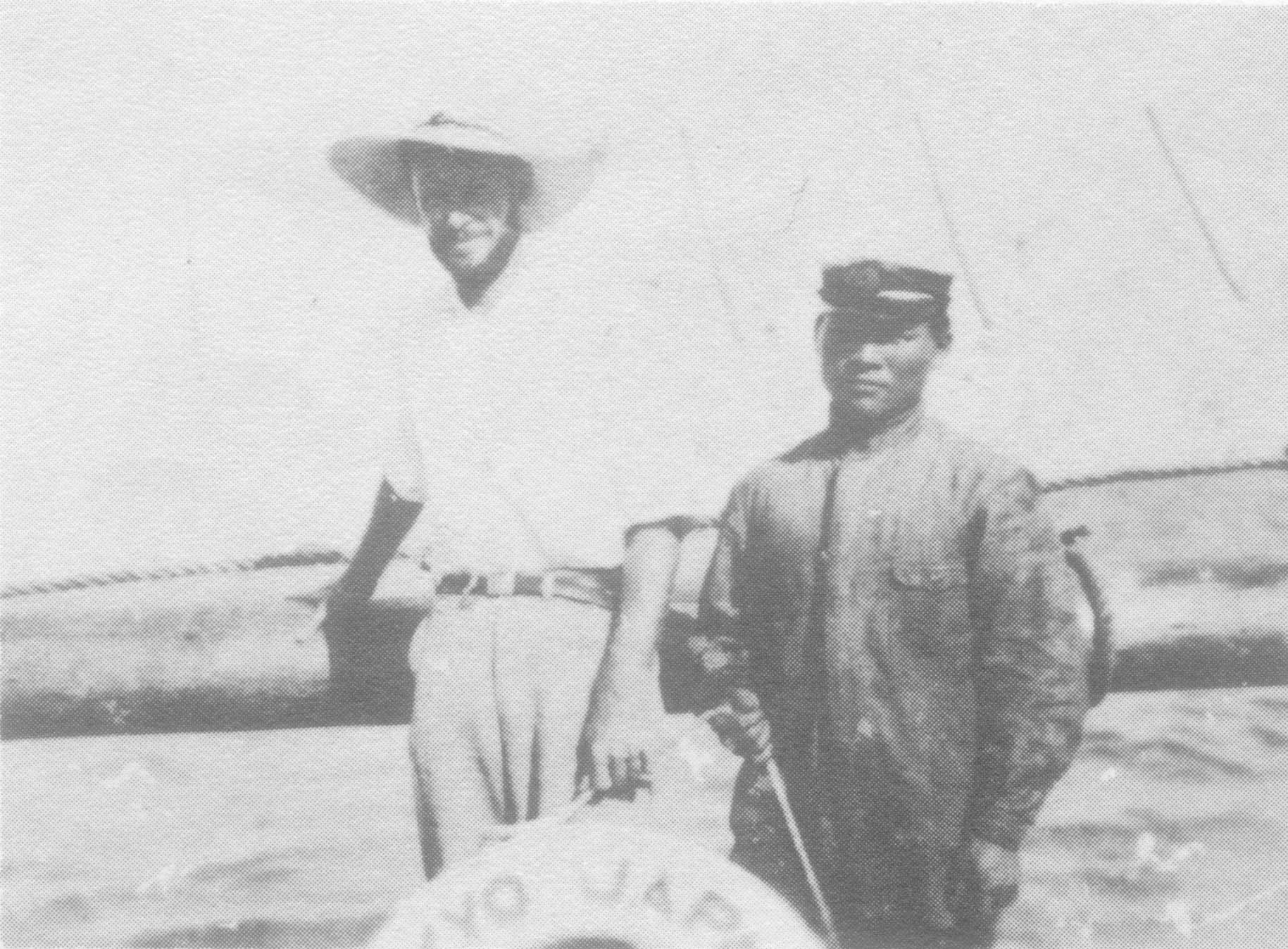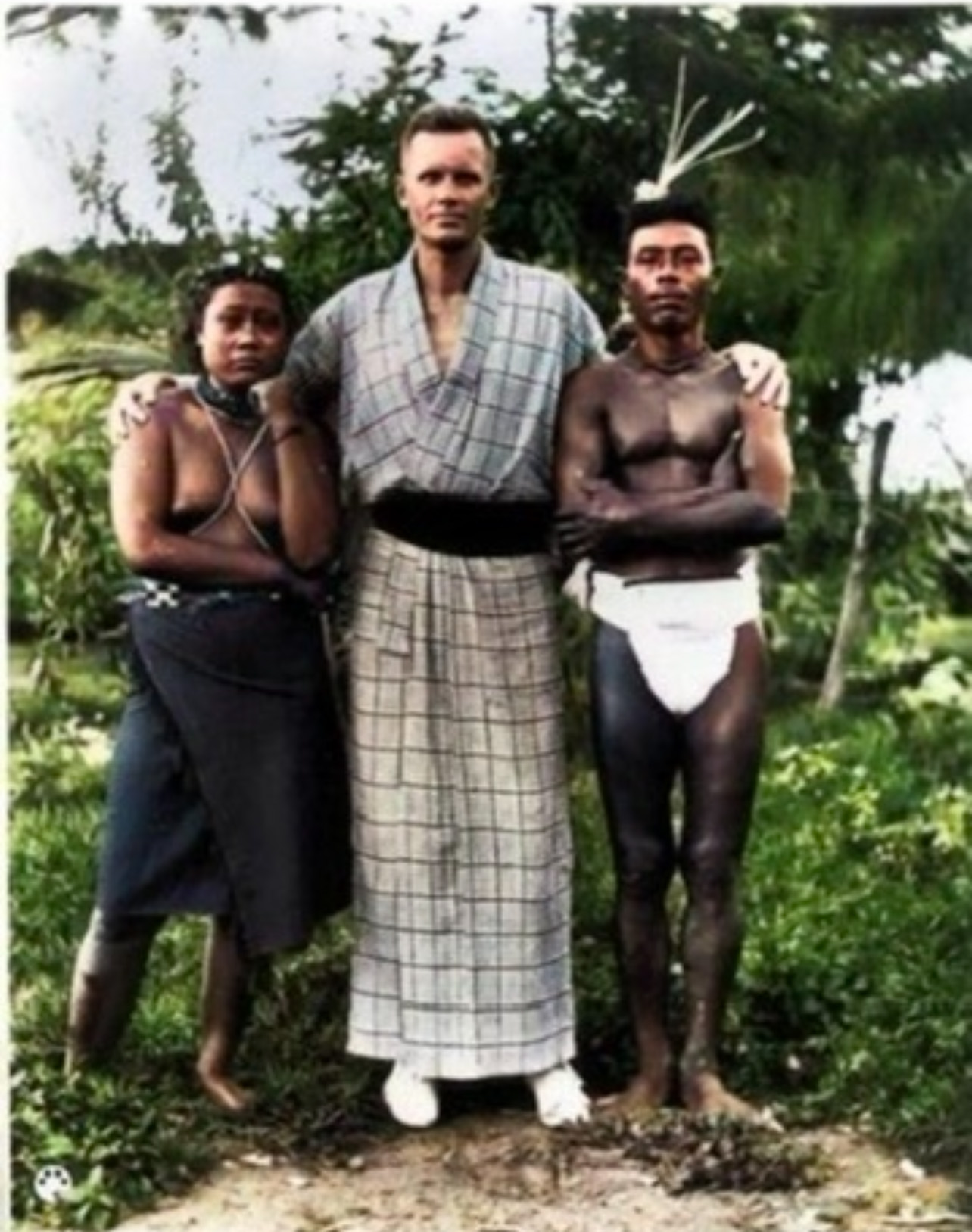'Omang'

Hans Hornbostel had been longing to satisfy his craving for an “omang.” Perhaps the perilous journey he had had crossing the Saipan Channel to Tinian on a canoe on a day when a storm was threatening to wallop the islands with massive winds and rains may have amplified his pining for it.
“I will not soon forget the moment I jumped from the canoe into the shallow water and waded ashore and felt my feet on ‘terra firma’ again,” Hans wrote in his 10-part series, “Rota Days” in the Philippine Magazine in 1935.
He was surely relieved to have reached the shore and settled in the “palacio”—the official residence of the Spanish governors, later maintained by the Germans but fell into ruins under the Japanese.
While on Tinian, Hans was assisted by a Carolinian guide, Tamanging, who neither spoke fluent Chamorro nor English.
With his poor Chamorro, he tried to communicate to Tamanging to bring him “omang” that night. Looking befuddled, the Carolinian guide begrudgingly took the orders and left but Hans had sensed that Tamanging was a little disturbed.
While waiting for his return, pangs of hunger were egging Hans to open a can of Alaskan salmon until an Okinawan fisherman arrived and gave him fresh fish pickled in native wild orange juice, with a sauce to boot for a sumptuous dinner.
By nightfall, Tamanging came rather nervous as he approached the palacio, and Hans would find out how a simple wish for an “omang” ended up in a kettle of fish.
 Tamanging, it turned out, had brought with him four women and much to Hans’ surprise how four women would be standing outside.
Tamanging, it turned out, had brought with him four women and much to Hans’ surprise how four women would be standing outside.
The Carolinian guide had honestly believed that the “omang” he had been asked to look for and to bring to Hans meant the English word, “woman”, and “omang” was how they pronounced it. Hans thought that his sign language did not help his cause and even made it worse: “stressing the act of pinching convinced him that women was what I had called for!” (Philippine Magazine, July 1936)
He realized that Hans was really asking for a hermit crab, which in Chamorro is called “omang” but Tamanging took it to mean the English word for a woman.
And everyone ended up in stitches laughing at the misunderstanding.
Marveling at the hilarity of the communication breakdown, they all spent the evening peppering Hans with questions about his trip to Tinian, while sampling canned beans and American cigarettes.